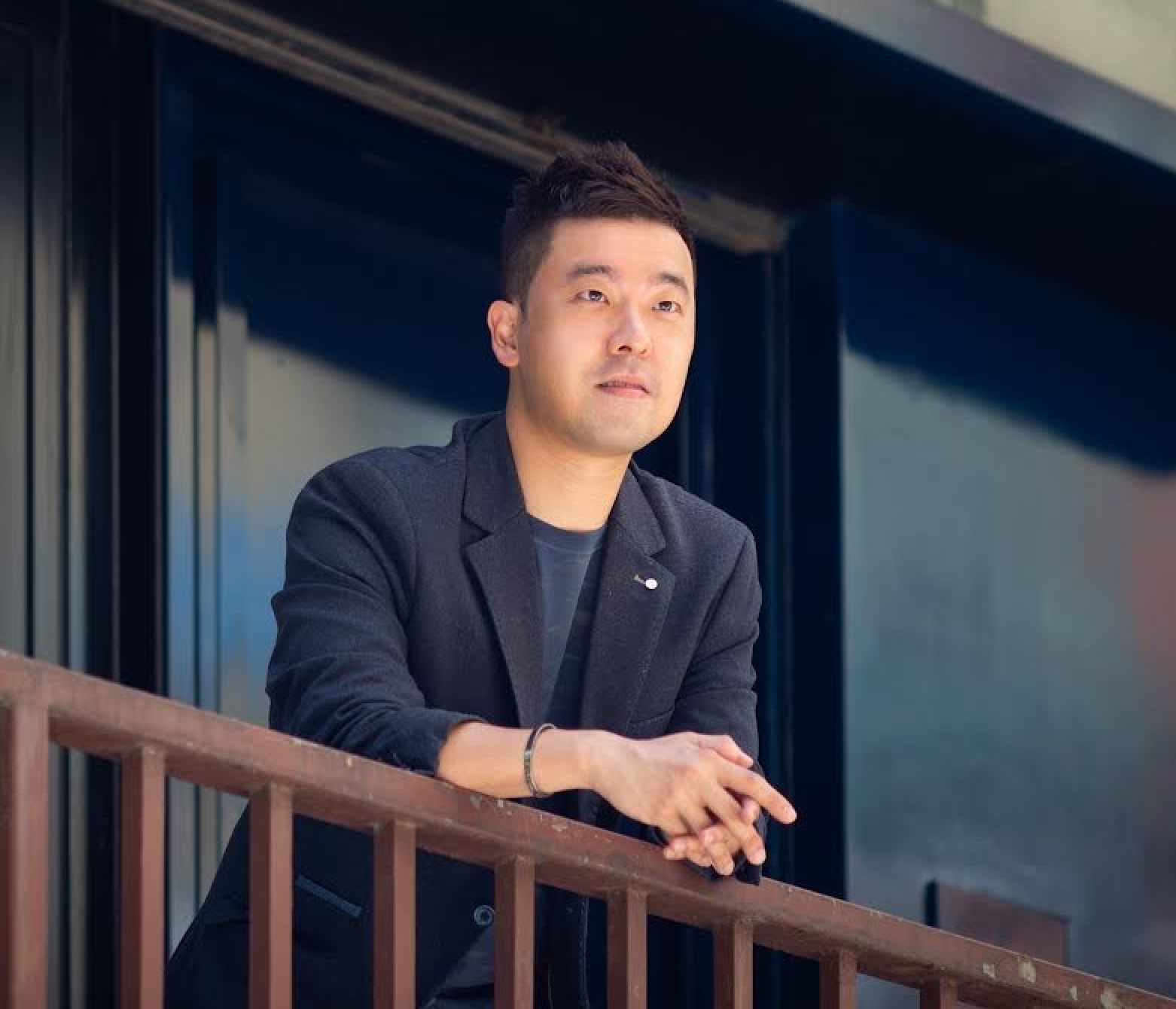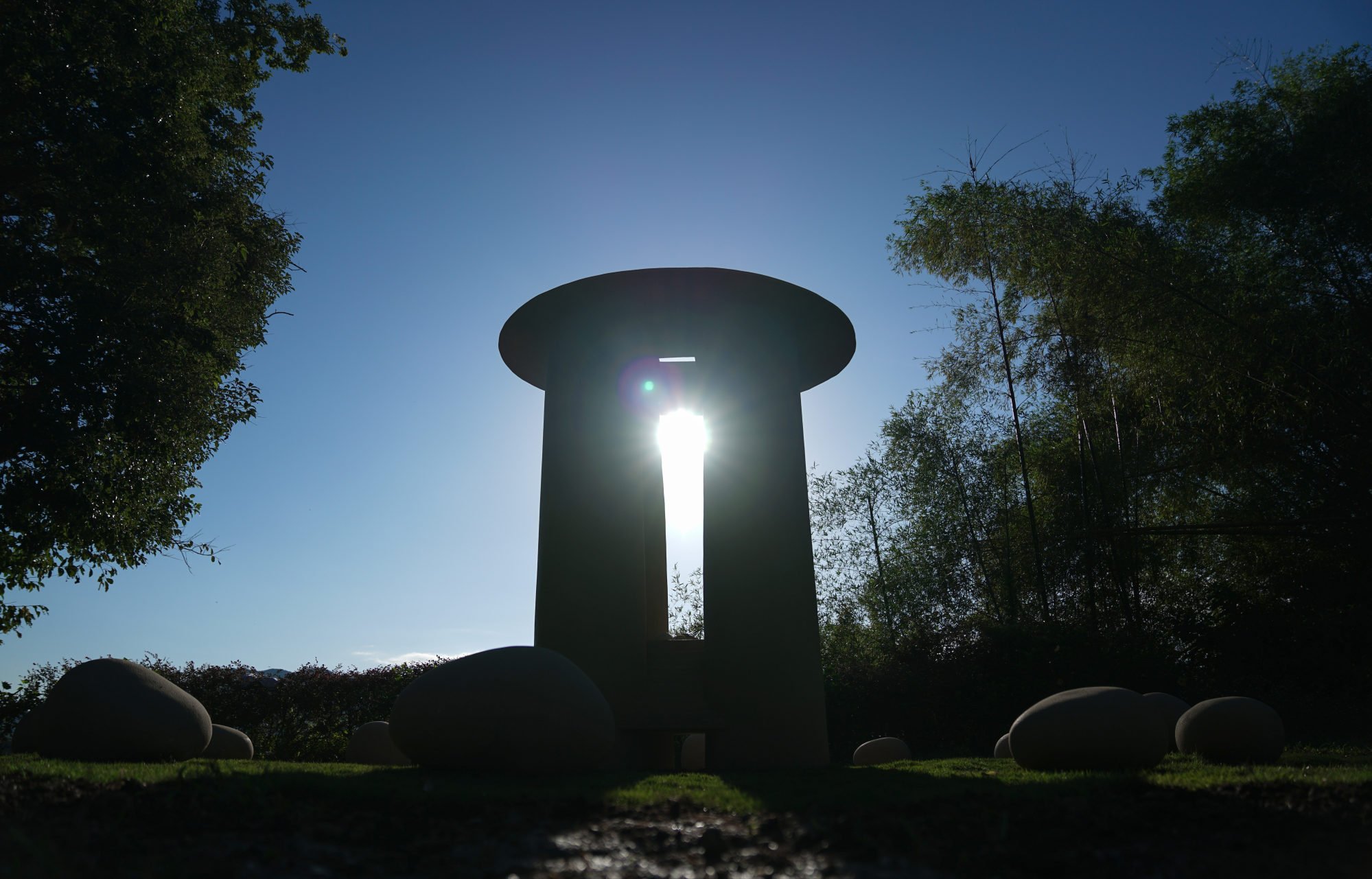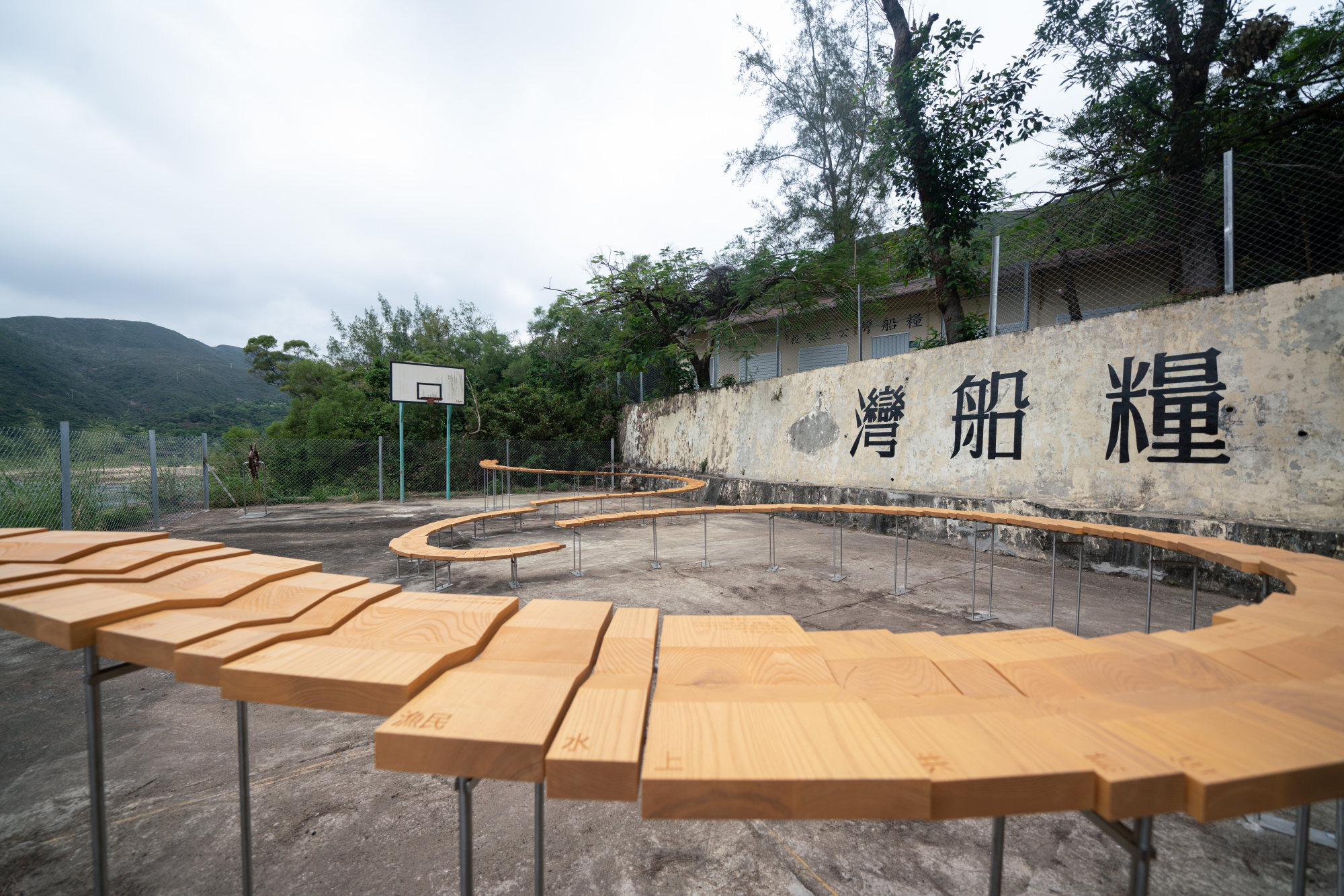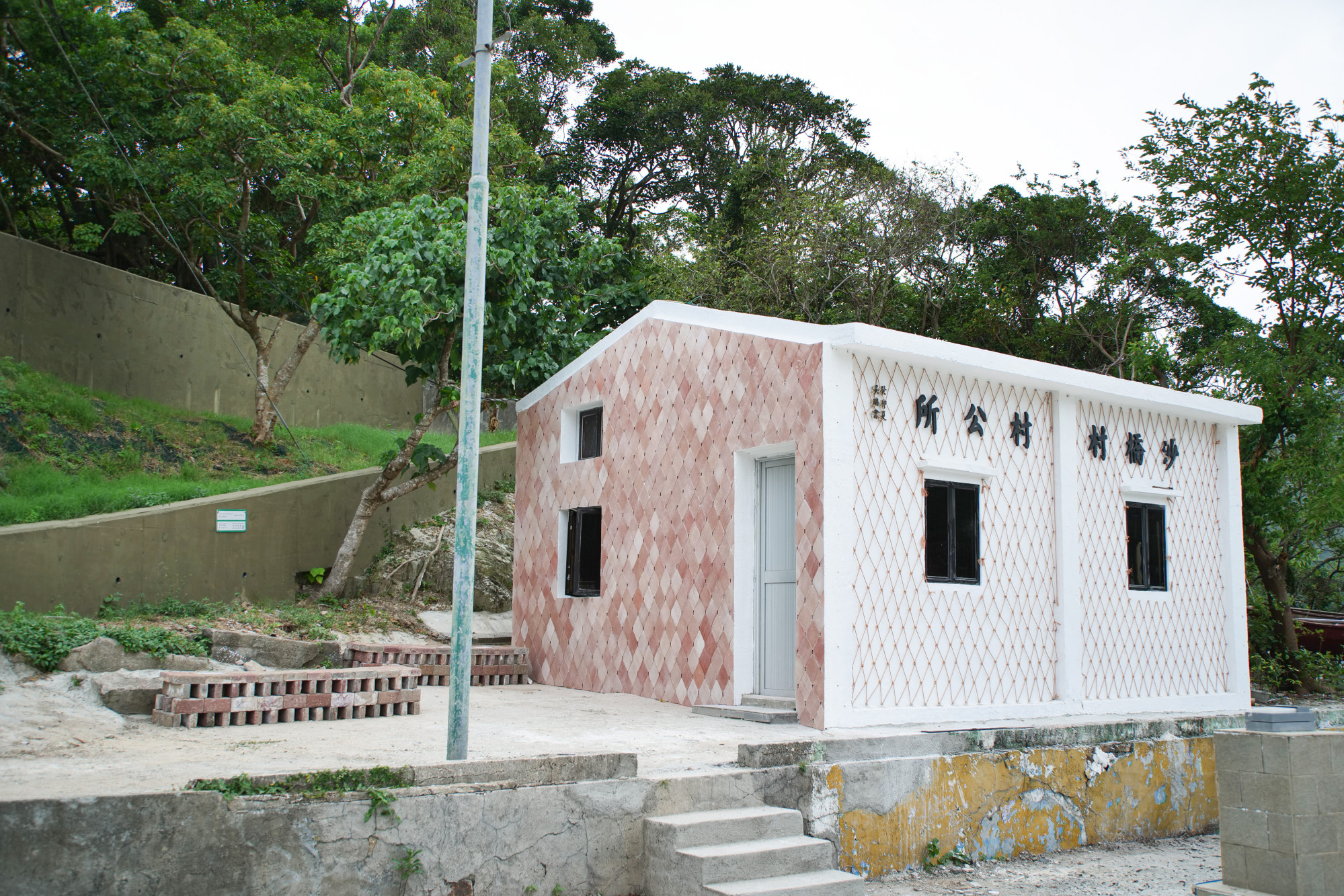
18 captivating artworks on 4 islands: Hong Kong festival draws visitors into the lives and histories of Sai Kung’s outlying islanders
- The Sai Kung Hoi Arts Festival features 18 artworks spread across Yim Tin Tsai, Sharp Island, Kau Sai Chau and High Island
- Aside from the art, a packed activities programme includes 420 guided tours, and talks, workshops and performances encompassing culture, conservation and more
Spacemen have visited Sai Kung. Repeatedly.
Led by Alan Cheung Kwok-lun, their mission was partly to assess the spatial impact of a host of artworks now gracing several outlying islands. While these works might not carry the shock value of the infamous Monoliths from 2001: A Space Odyssey, some of them are undeniably otherworldly.
Cheung, co-founder of the Sheung Wan-based One Bite Design Studio, is curator of the Sai Kung Hoi Arts Festival, now in its second of three planned annual editions.
Organised by the Hong Kong Tourism Commission and supported by Hong Kong Geopark, the festival has overseen the installation of 10 new works this year, adding to the eight from its first edition. All are being used to draw visitors offshore and into the lives and histories of the islanders of east Hong Kong.

Which is where space becomes important, as Cheung explains.
“The festival is a special project for us, because we trained as architects, but here we’re looking at a bigger perspective: how each artwork influences its space, especially around the island villages. When you put in an installation it changes how you perceive an entire space.
“One example from last year was a sort of sphere placed over the Jade-Girdle Bridge on Yim Tin Tsai Island. When we put that in, it played with the spatial contrast and made for a completely new spatial experience.”
61-year-old Hong Kong barber shop soon to close inspires heritage festival
Yim Tin Tsai and Sharp Island, venues for the 2022 festival, are joined for this edition by Kau Sai Chau and High Island.
Their geographical spread, plus the walking required on arrival to reach the sometimes isolated pieces – wheelchair access is impossible on some routes – mean that even the most dedicated art lover is unlikely to be ticking off all 18, or even 10, in a day. And that’s without factoring in the scope of the activities and programmes on offer.
“There are multiple ways to participate,” Cheung says. “Last year there were 284 guided tours on different themes. Now we have 420. Last year there were 47 programmes – talks, workshops, performances – on arts and crafts, culture, sport, and conservation. Now it’s 98.”

Fittingly, given that the artworks were inspired by stories about island community life, villagers have been invited to serve as festival ambassadors alongside docents and professional tour guides.
But were villagers at all suspicious of the festival’s aims, or any of the sometimes outlandish pieces suddenly appearing on their turf? Did the organisers encounter resistance?
“I would say yes and no,” Cheung says. “There has been a lot of engagement from day one, but it depends: those with less experience of the festival than others might ask whether the artworks will really represent their stories, history, culture.
“Others see that it’s been a success on Yim Tin Tsai [where the first pieces were installed], so they will say, ‘Oh, the festival is bringing something big for us; we’re happy to cooperate.’”

Nor is that the sum of festival-bestowed benefits for islanders.
“From Sai Kung pier there were ferries to Sharp Island and Yim Tin Tsai, but Kau Sai Chau and High Island are farther away,” Cheung says. “Previously, there was no service, so villagers would have to rent an entire ferry themselves, which was really expensive. They would seldom travel to Sai Kung town from their homes.
“But for this year’s festival, the Transport Department agreed to issue a tender. So we now have a permanent, government-subsidised commercial ferry to those two islands, which is really good for the villagers, who are super happy. It’s great news for them.”

The “gateway” to the 2022 festival was a kiosk on the Sai Kung waterfront, which attracted fewer visitors than expected. Giving the event a bigger introductory profile this time is a black iron sculpture, doubling as public seating, in Sai Kung Waterfront Park. It also “triples” as a three-dimensional map of the area covered by the festival.
The sculpture – a rumination on the local climate called Joy Again, Stories: Dashing Through Weather’s Lapse, and suggestive of golden clouds held up by a metal climbing frame – is likely to remain after the festival, the organisers say, thereby making a permanent architectural contribution to the waterfront.
All very admirable – but might the festival go a step further when it comes to making the most of permanent structures already present on the islands that are difficult to miss during the festival’s guided tours?
The challenge for most villages is their remoteness, implying low commercial value and indifference from the younger generation
The Post has previously reported on how overfishing, beginning in the 1970s, became the primary creator of “ghost villages” on some Hong Kong islands. The festival – which, admittedly, is a tourism initiative first and foremost, advertised as a means of attracting visitors to places they might never otherwise consider – could help revitalise featured villages long-term.
Maybe a portion of its HK$40 million (US$5.1 million) budget could be spent on refurbishing some of the many abandoned, overgrown buildings – especially in view of the augmented ferry service? Might some be initially repurposed, during its three guaranteed years, as festival venues?
Feel stress melt away on Hong Kong’s outlying islands
“Yes, there are quite a number of abandoned houses on the islands, which happens not only in the places that we visit,” Cheung says. “The government and even corporates offer certain kinds of funding, such as the Countryside Conservation Funding Scheme, under the Environment and Ecology Bureau.
“But the challenge for most villages is their remoteness, implying low commercial value and indifference from the younger generation, which results in many abandoned houses or settlements.”
Space is never far from the architect-curator’s thoughts. He explains how they have tried to make use of abandoned spaces, as in the case of Rhythmic Lane, a long, snakelike, percussive artwork, based on a school song, which is made up of wooden blocks that can be “played” like a xylophone. The work, by Napp Studio & Architects and research group Fragrant Village, is located on the basketball court next to the closed primary school on High Island.

“We hope it can create opportunities for villagers and others to get access to and adopt the space,” Cheung says.
“The government does have a scheme for NGOs to apply for short-term tenancies for some buildings. Otherwise, as with the primary school, if any organisation would like to use such spaces, they must hire consultants to certify the relevant buildings and ensure public safety.”
As for the space-disrupting artworks themselves – some commissioned, others competition winners – they might usefully be divided between the purely artistic and the functional-architectural.
Besides Rhythmic Lane, the former group includes the striking Sails, by Inkgo Lam Ka-yu, found on Kau Sai Chau. A three-part installation in expertly woven bamboo, it evokes the home lives of islanders and their working days at sea.

One-Sixth Land, by Ceci Yiu Man-fei and Sammy Chow Sum-yin, celebrates High Island’s rhyolitic volcanic rock, reimagining its hexagonal columns as inscribed, mirrored pillars reflecting the sea.
Stone and Shrine Circle, meanwhile, in recalling the importance of salt to Yim Tin Tsai, also evokes Chinese ideas of “heavenly roundness and earthly squareness”, according to artists Match Chen Siu-wa and Wich Chau Wing-chung.

Also on Yim Tin Tsai is The Glazed Island, by Keith Chan Chun-yu, Stephen Ip Hay-fung and Arnold Wong Yok-fai. A “floating” structure consisting largely of recycled glass, its form suggests the geography of the island and, incorporating an optical illusion, the structure of salt crystals. Beyond the decorative it has a practical use, also featuring fixed tables and stools at which villagers may gather.
Nearby is Sim Shum Kwan-yi’s Island Log, a wooden pavilion decorated with ink drawings that opens onto a salt-field panorama.
And on High Island stands Dear Sea, the Sha Kiu Village Office that for years was used for nothing but storage. Revived by Niko Leung Hong-ken in conjunction with residents, who wove the building’s fishing net-style embellishment, it now functions as a community hall.

Sai Kung Hoi Arts Festival, until January 14. Activities and tours are free; ferry tickets must be bought.

